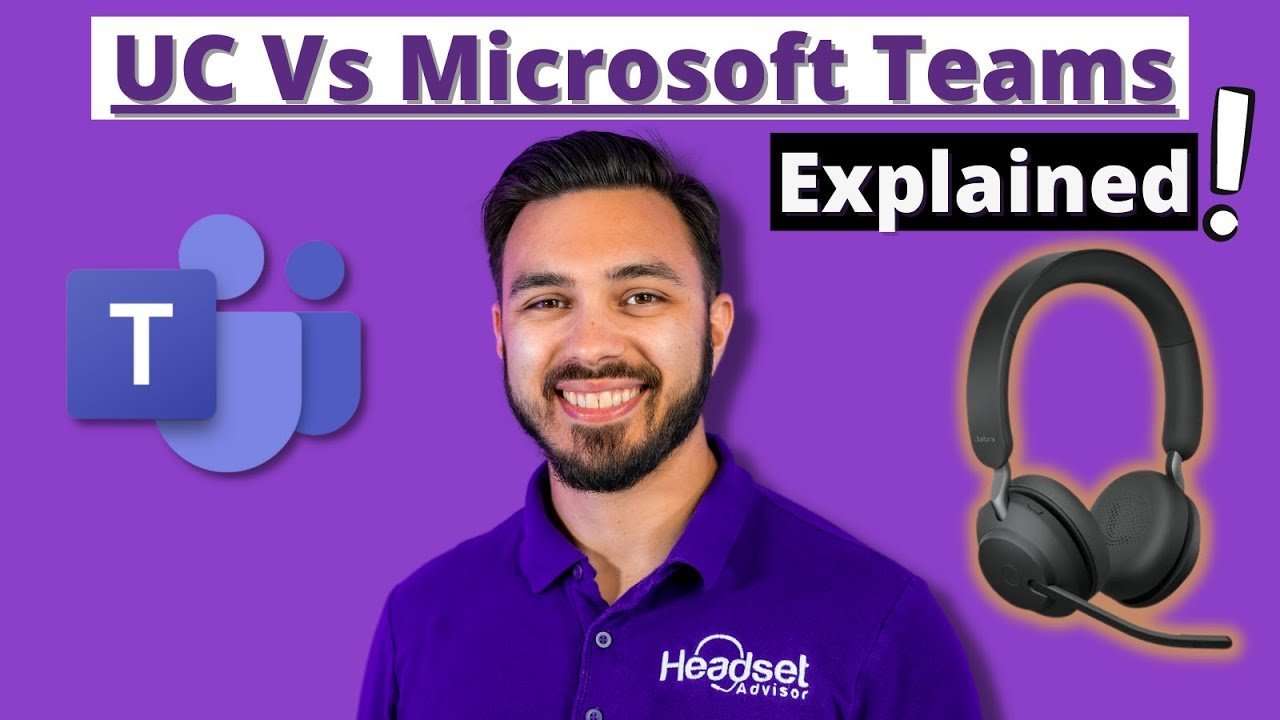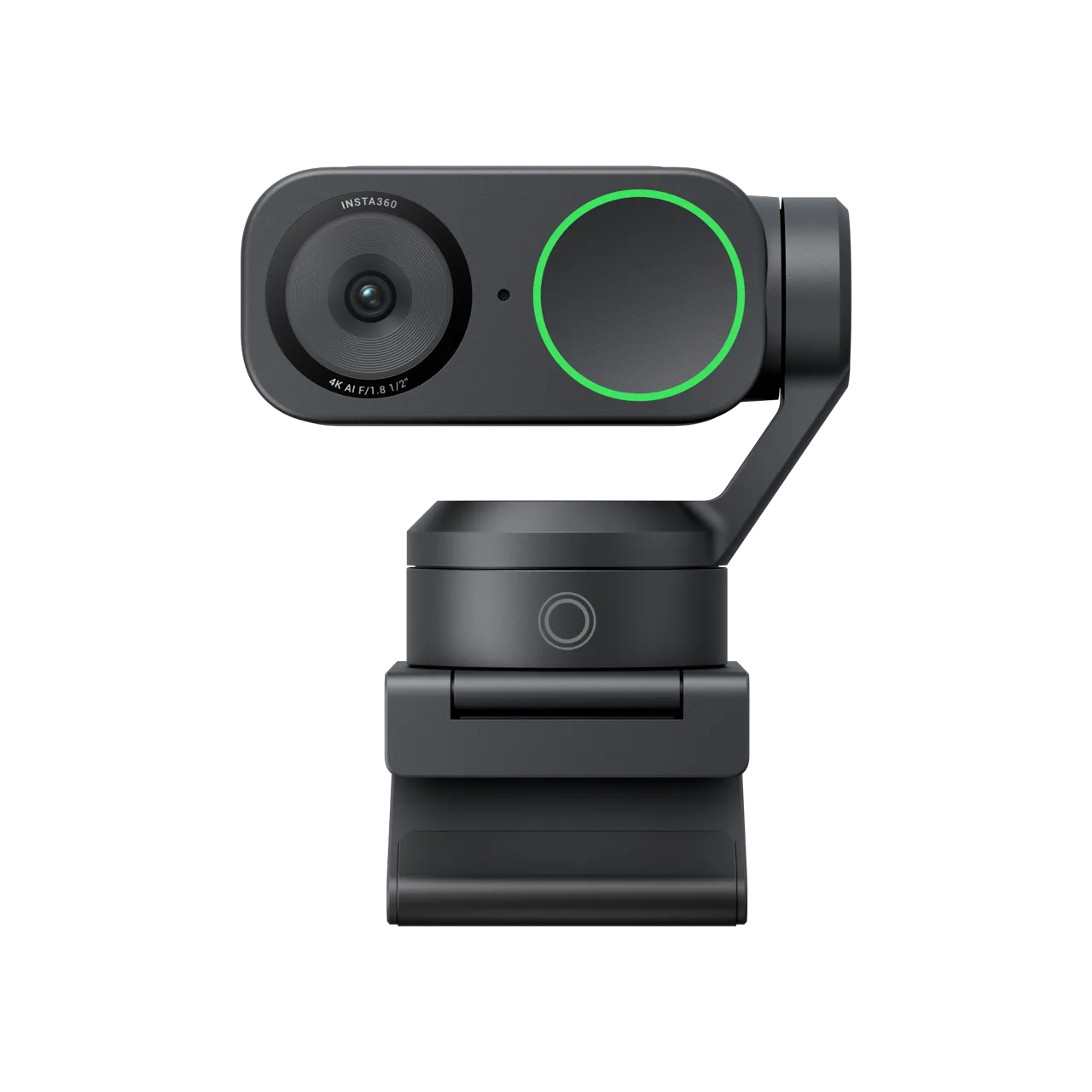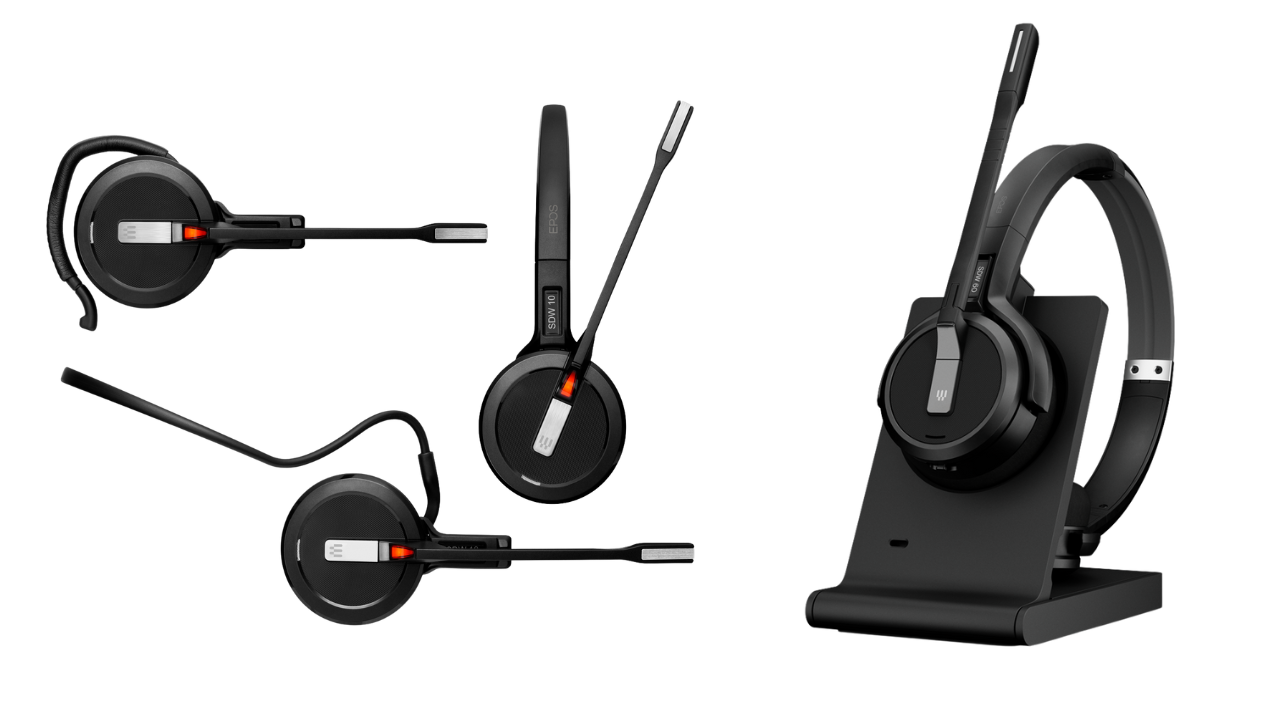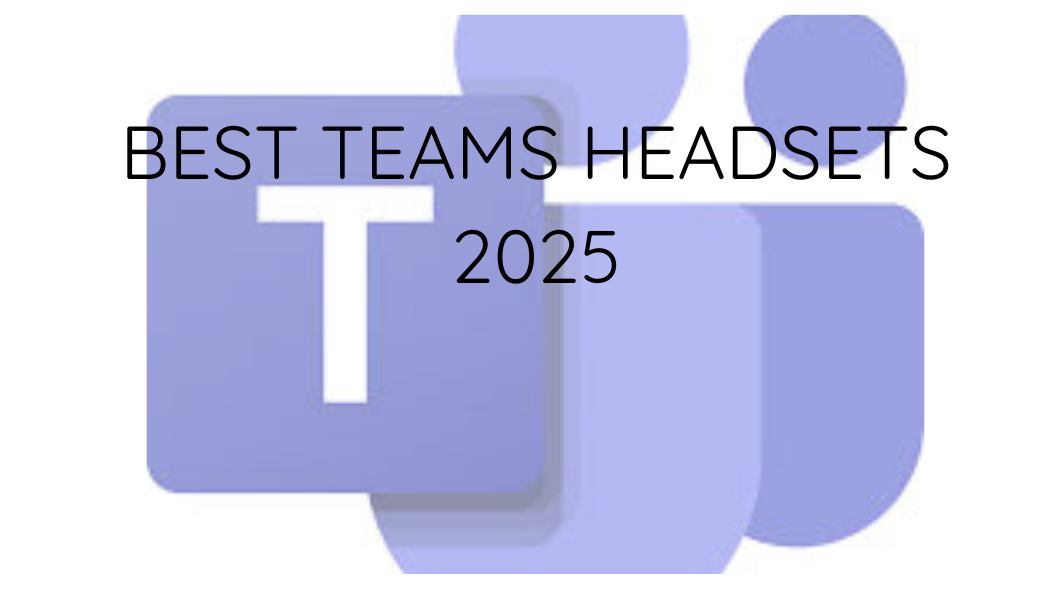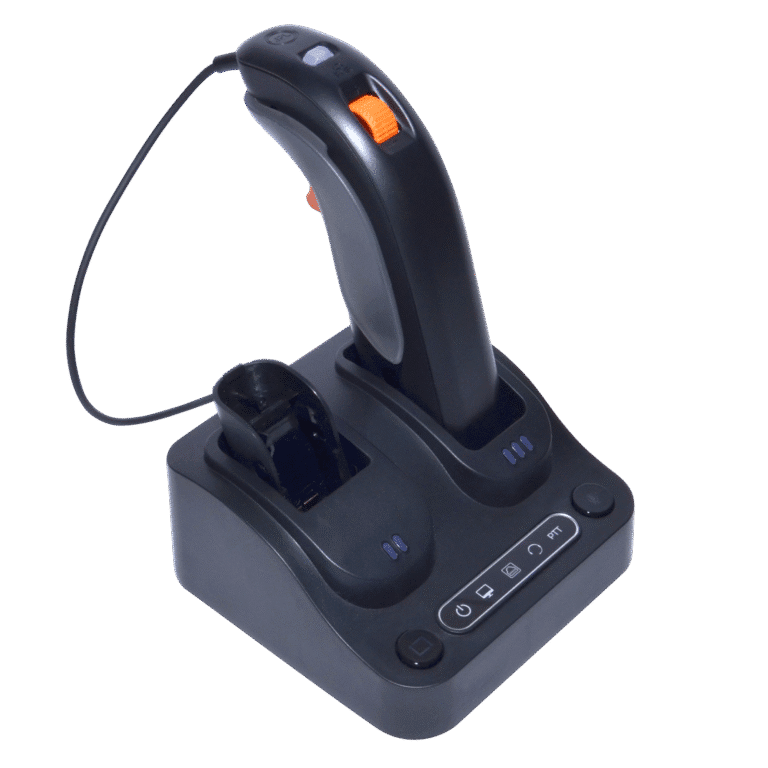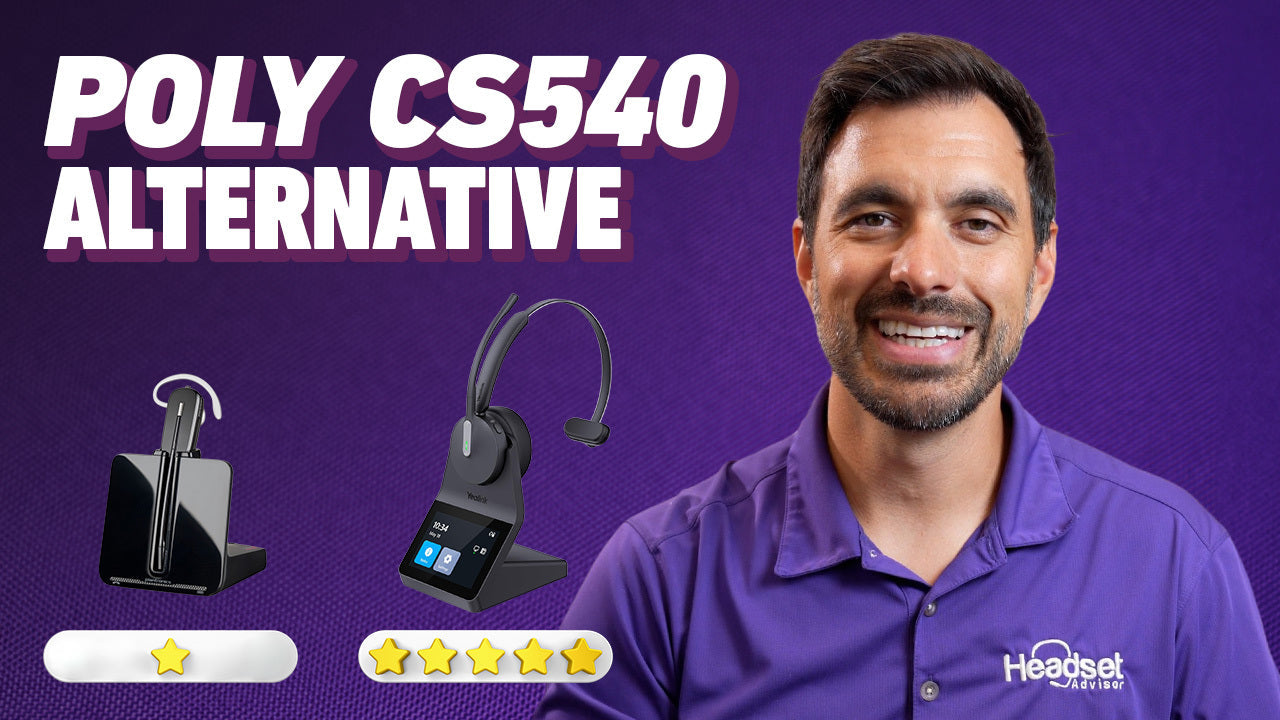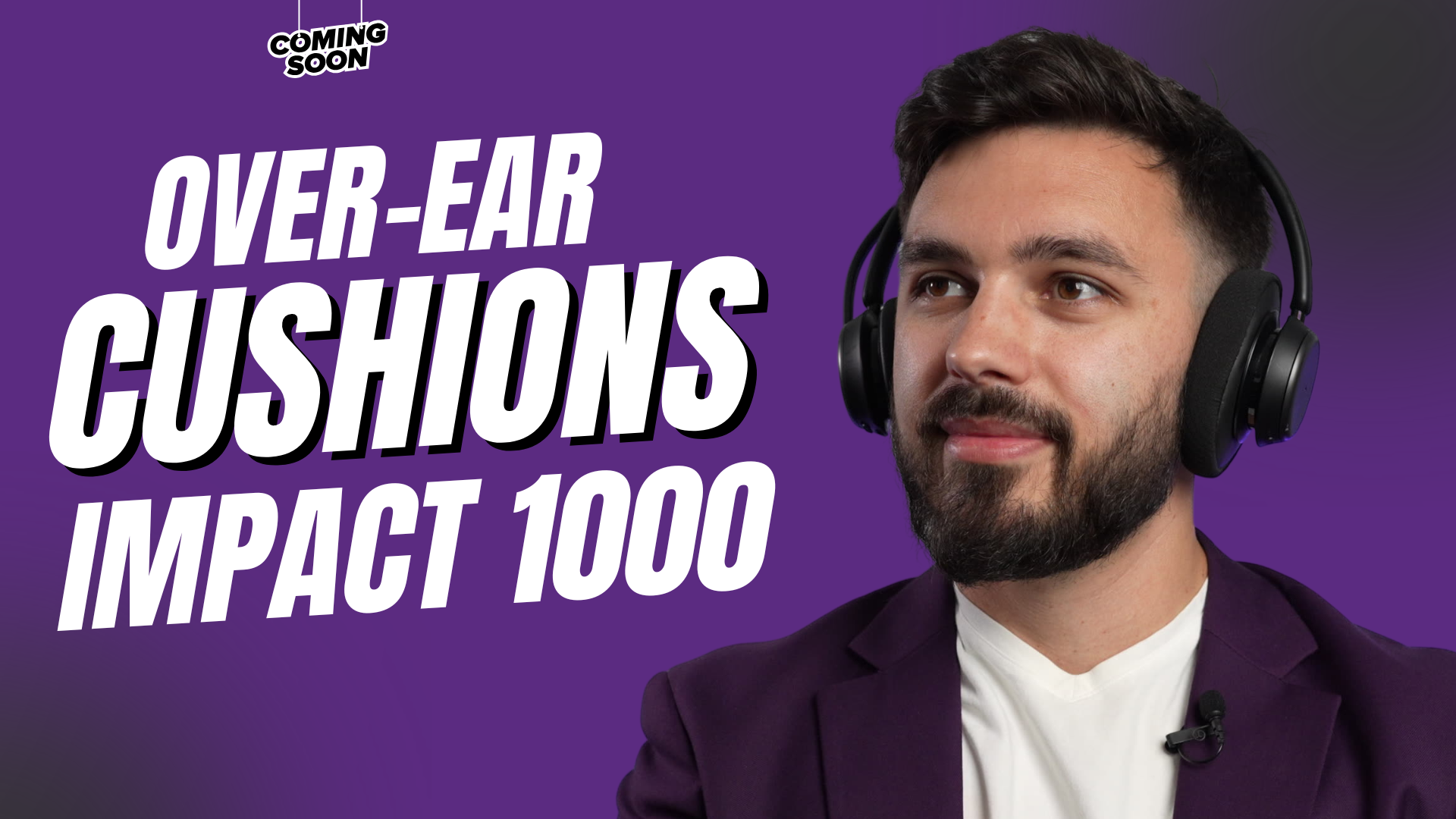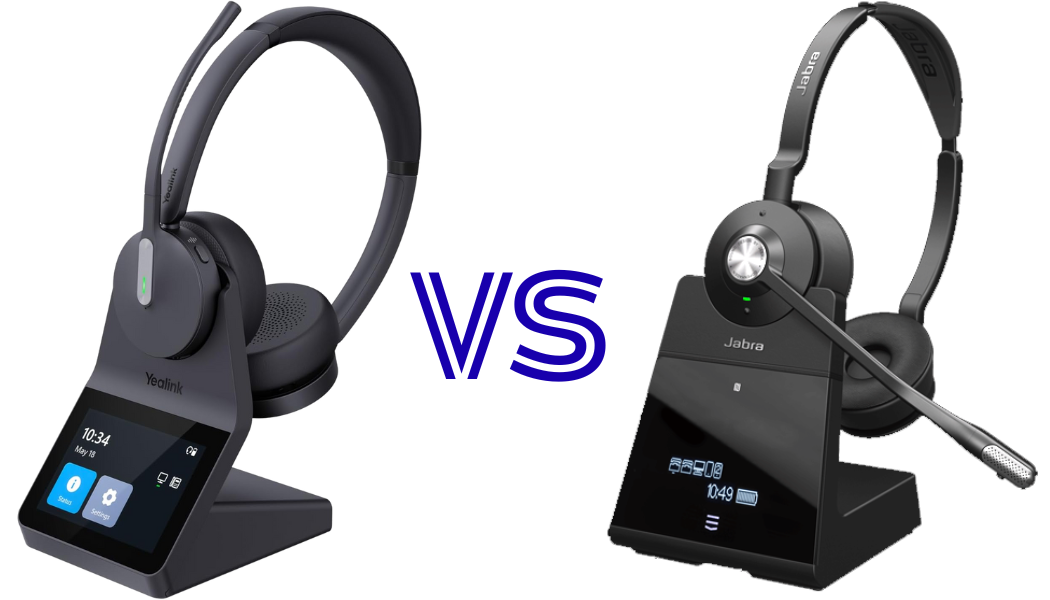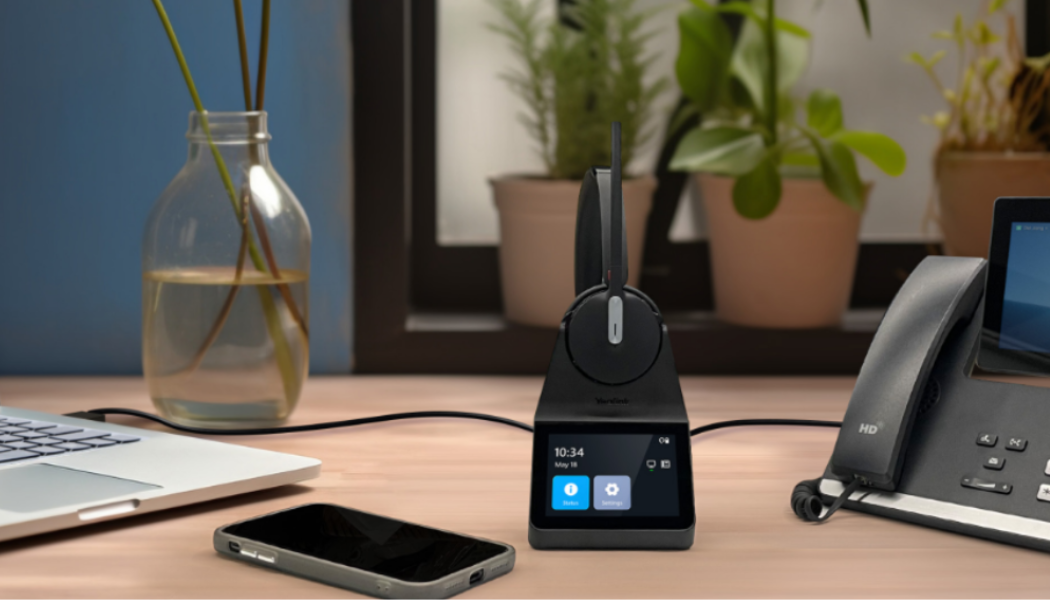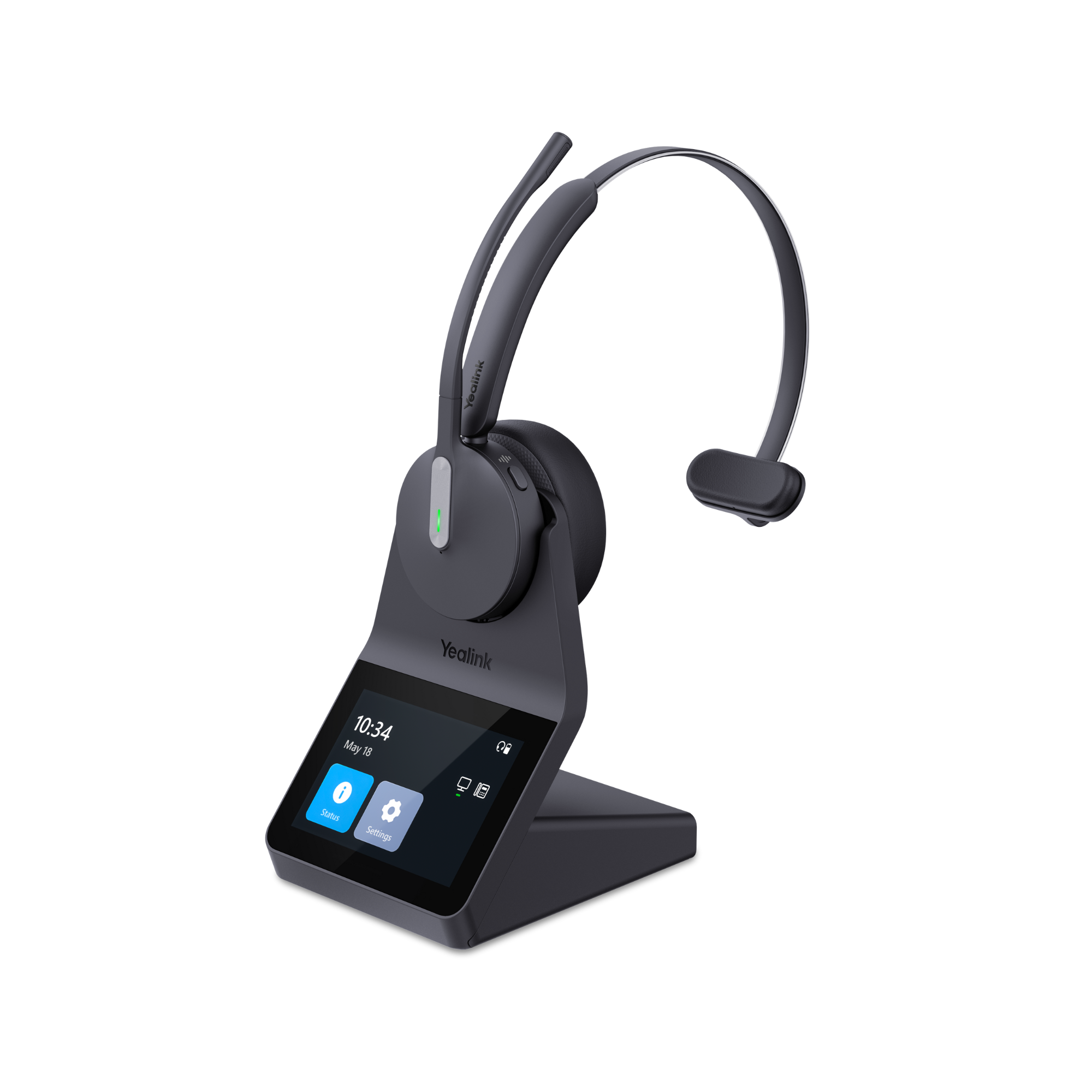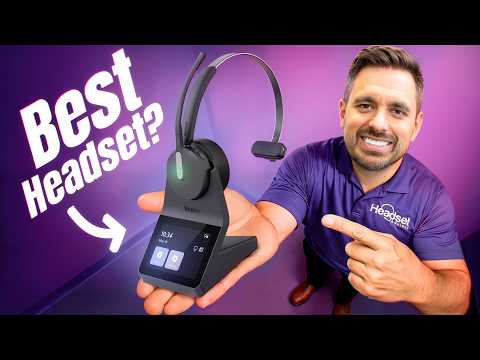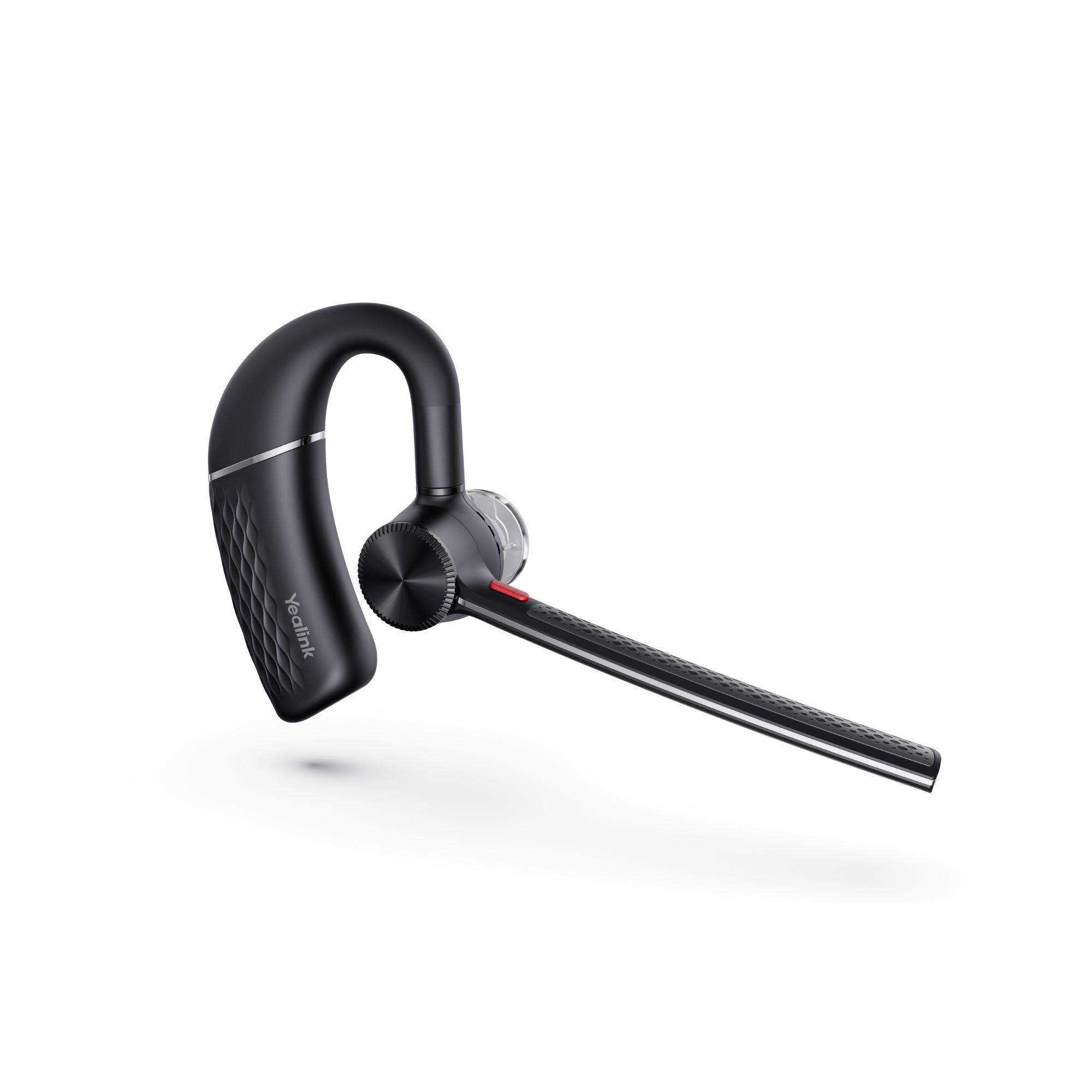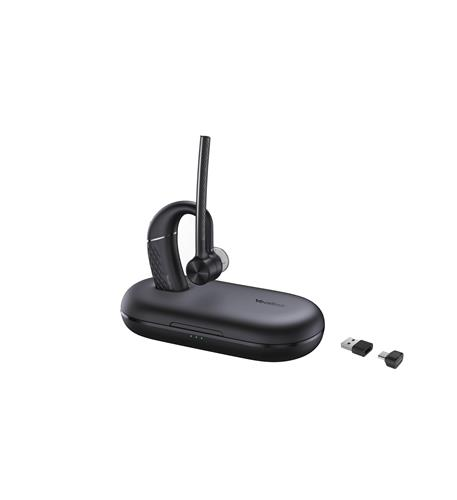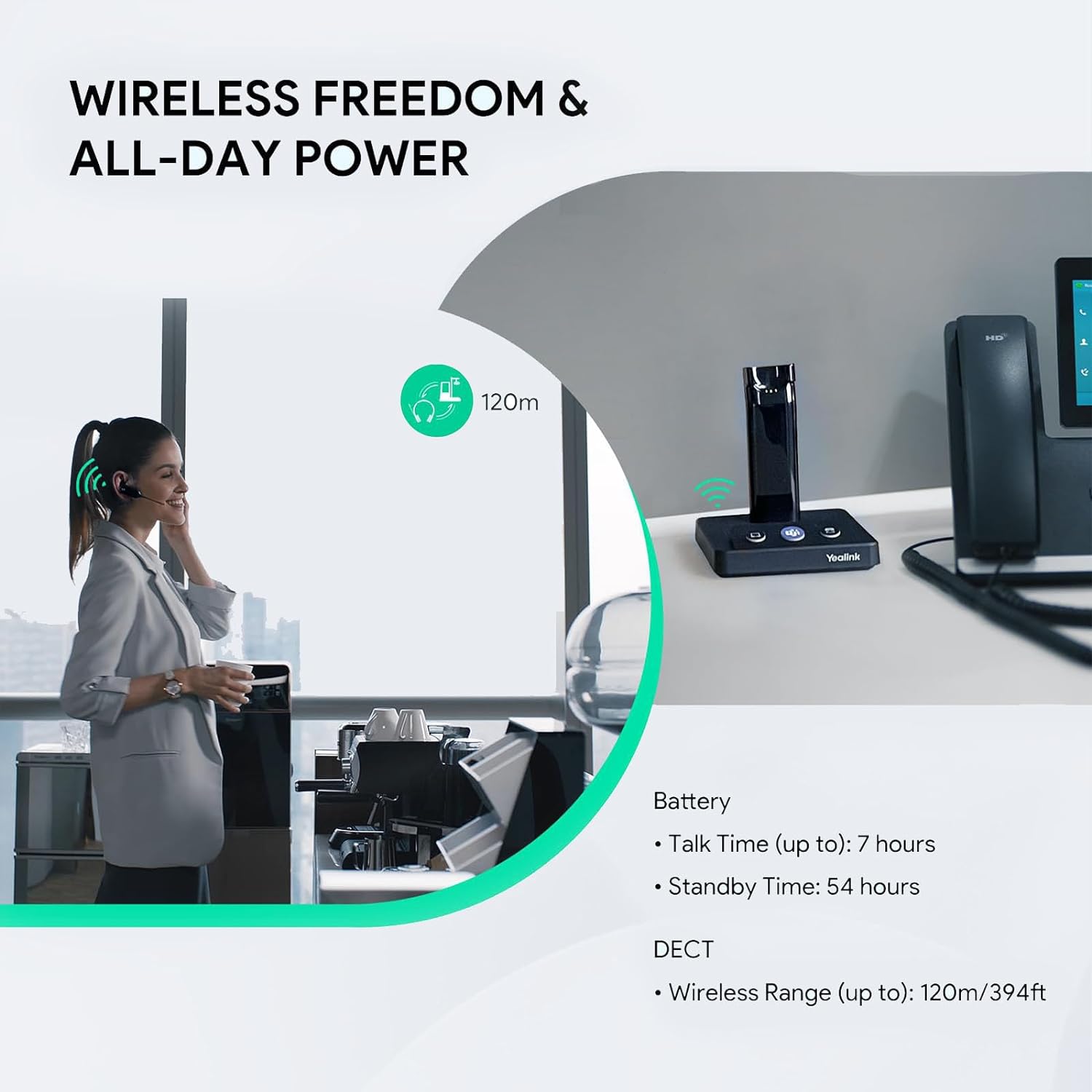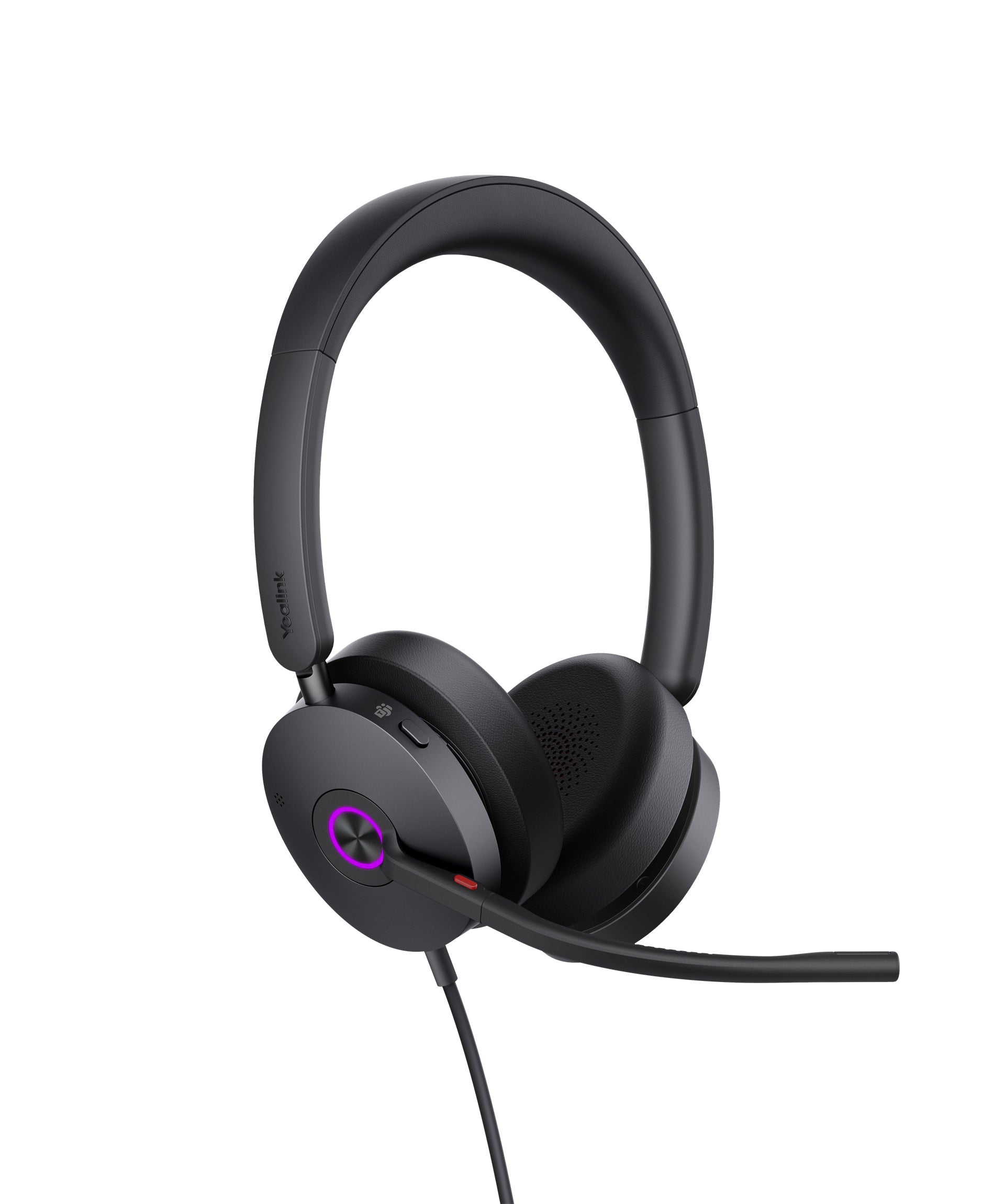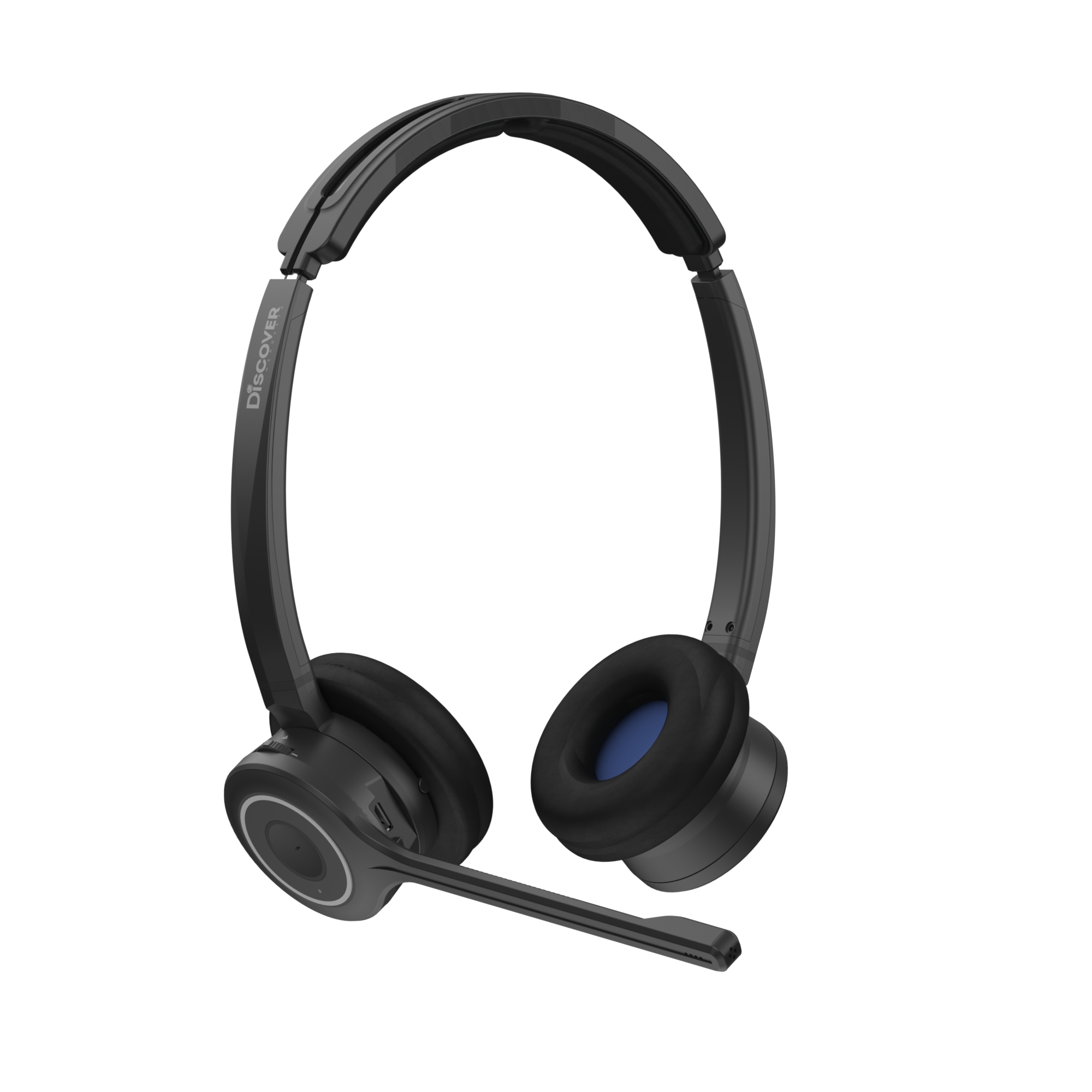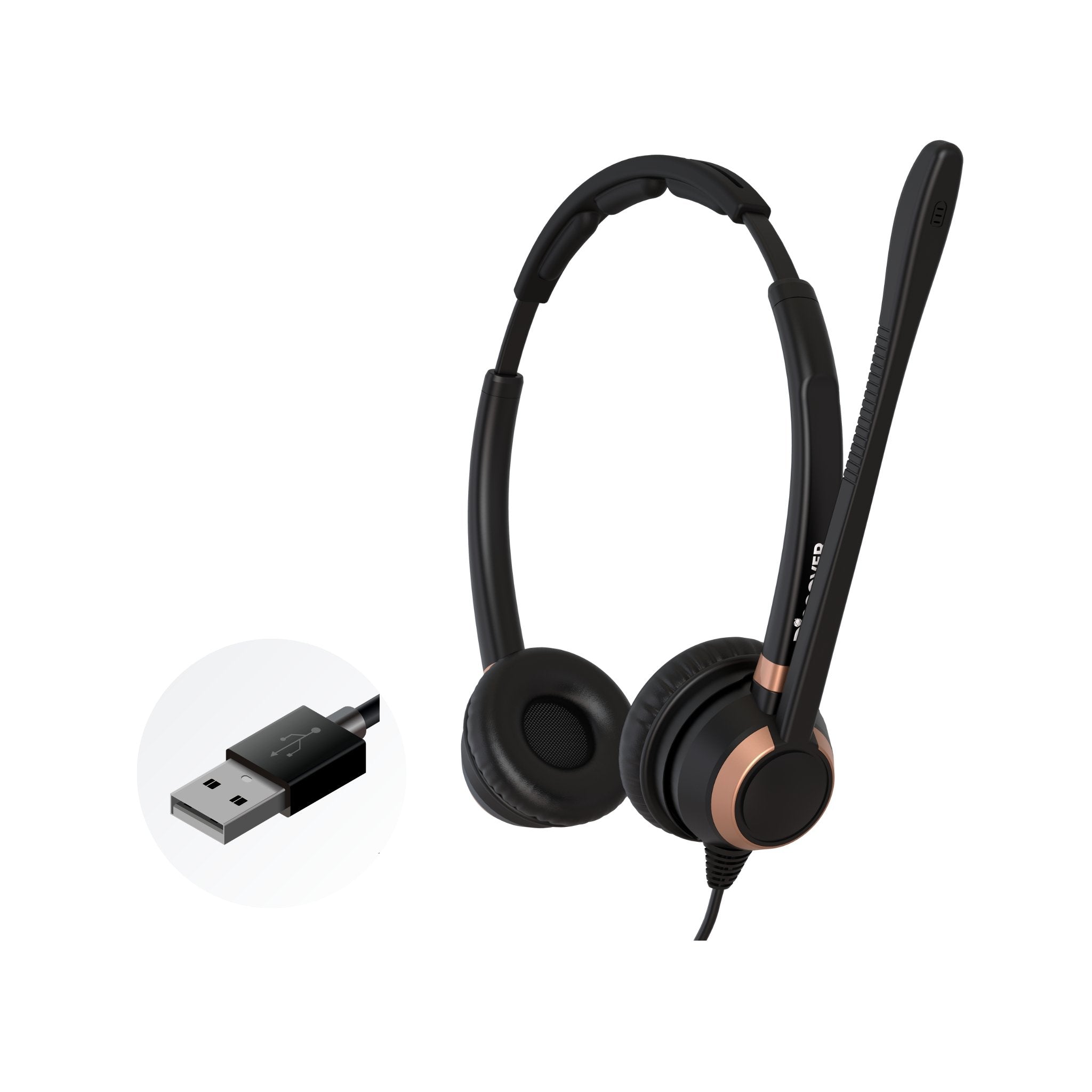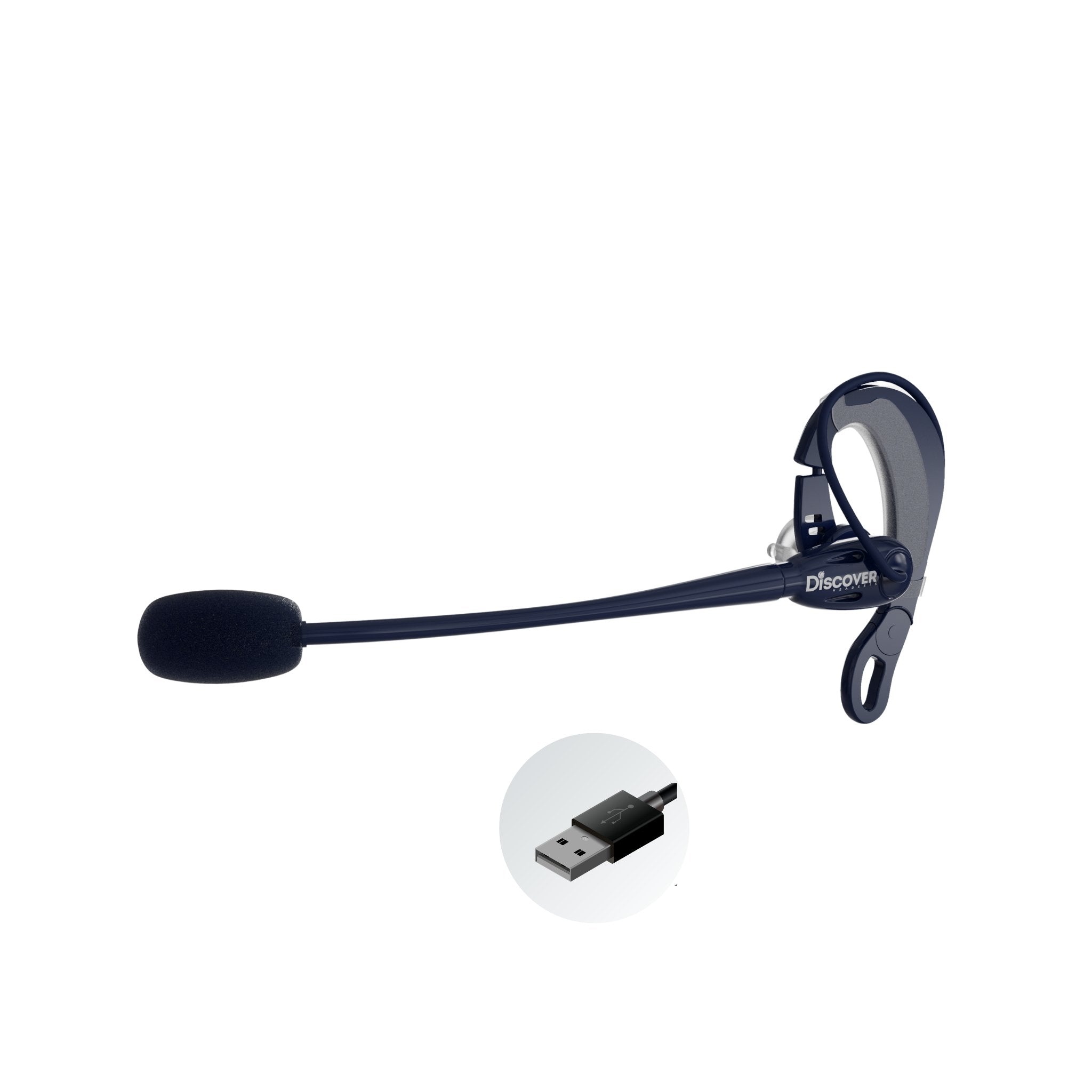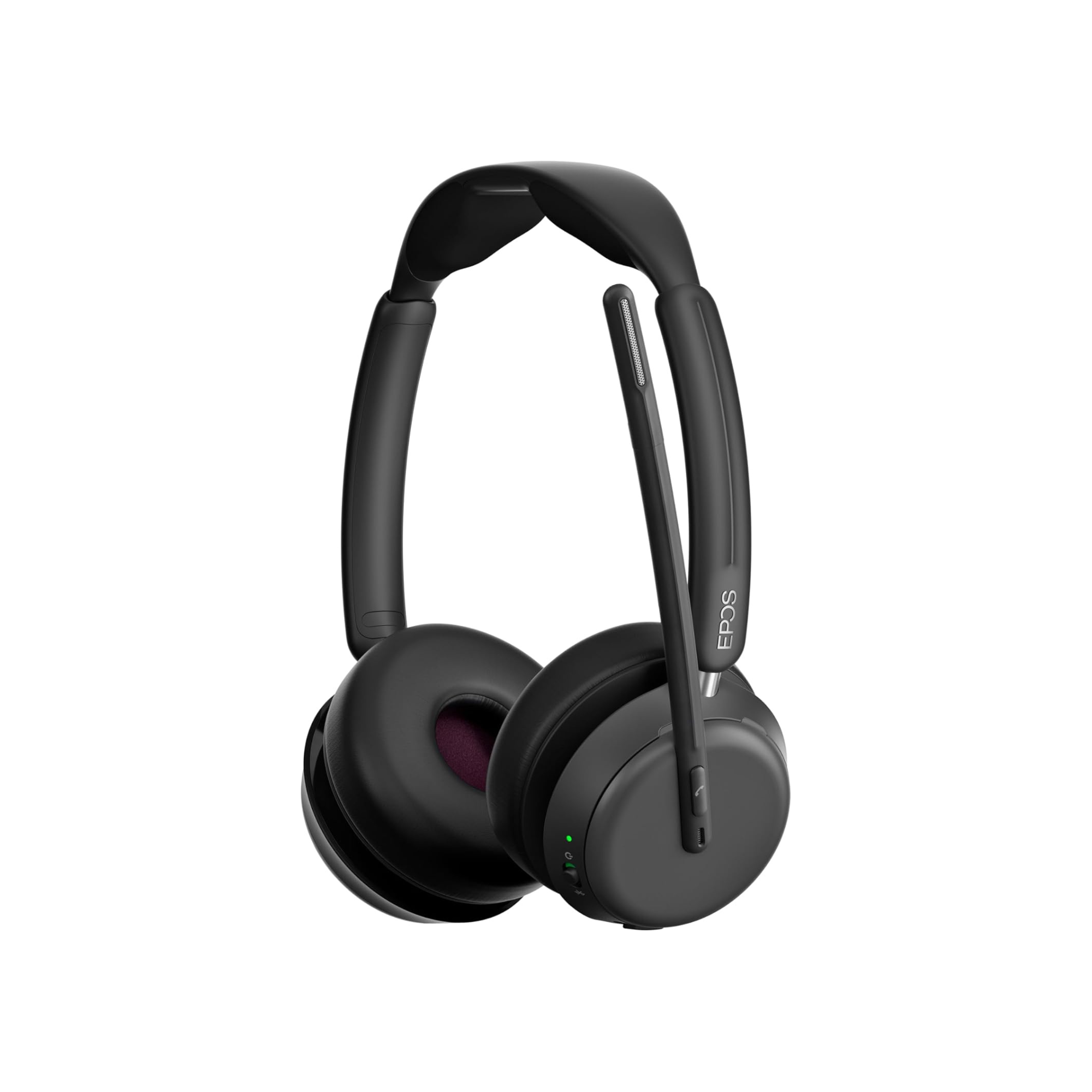You will see many different headsets that physically look the same. One will say "UC" and the other will say "Teams". Simply put, if you strictly use Microsoft Teams for your voice calls and meetings, go with the Teams version. If you don't use Microsoft Teams or you use Teams in combination with other call software, go with the UC version.
Learn more about the in depth differences of Microsoft Teams headsets.
To me, it seems there’s enough confusion surrounding finding the right headset.
But when you add things like UC, and MS to the picture, things only become more unclear.
- Do you get a wired headset, or a wireless option like the Jabra Evolve2 85 wireless headset that offers top-tier performance?
- For a versatile wireless option, consider the Jabra Evolve2 65 Flex for its foldable design and Bluetooth capability.
- Do you need to answer calls when away from your desk?
- How long does the battery last?
- Is it customer replaceable?
- What kind of wireless range can I expect?
- How much do they cost?
- If you're looking for a high-performance, affordable option, the Jabra Evolve2 65 Flex is a great choice.
- How long is the warranty?
- How does the microphone sound?
- How well does it do to remove background noise?
I could go on, but you get the idea. Buying a headset isn’t as straightforward as many might think. And, when you add the UC/MS designations, it only complicates things further.

Microsoft Teams Headset Vs UC Headset Explained
If you’re still reading, then come along as I help clarify the difference between a UC headset and a Microsoft Teams, or MS headset.
The simplest and most straightforward way of explaining the differences comes down to the applications you’re using. This is key because matching the right headset version with those applications you’re using is important.
For example:
Do you use Microsoft Teams as your primary, go to application?
Do you use Zoom, RingCentral, Dialpad or other applications?
Do you use a mix of both?
For a headset that works seamlessly with multiple applications, the Jabra Evolve2 65 Flex offers great flexibility.
Make sure you’re clear on knowing which applications you use predominantly throughout your work day.
Let’s say that your primary application is Microsoft Teams. In that case, you’d want to select the “MS” version.
On the other hand, let’s assume for a minute that you do use Microsoft Teams, but you use other applications more often. These applications could be Zoom, or RingCentral for example. In that case, you’d want to select a UC headset, though selecting a Microsoft Teams headset would be fine as well, and would give you the added advantage of status, answer/end of calls etc.
Finally, let’s say you don’t use Microsoft Teams at all. Clearly, you’d want the UC version.
A few questions you might be wondering about could include;
- What advantage would a MS version headset offer?
- Can I use a MS headset for other applications besides Microsoft Teams?
First, a few good reasons to use a MS headset if Teams is prominently used in your organization;
- You’ll have remote call answering/end for incoming calls
- The MS headset prioritizes Microsoft Teams
- The LED will automatically reflect your status
- You won’t need to download any software. Lots of organizations don’t allow software downloads, so this works well for those who have those restrictions.
Can you use a MS headset for your other applications? The Jabra Evolve2 65 Flex is designed to be versatile, supporting both Microsoft Teams and other applications effortlessly. The simple answer is yes, you sure can. Just because you’ve selected an MS headset for use with Microsoft Teams use, that doesn’t mean that the same headset won’t work with your other applications because it will.
For example, if you use Zoom for your video calls, but you also use Teams, you can still use your MS version headset for those Zoom calls. Same thing applies for your other applications.
Summary
If you’re using Microsoft Teams as your primary communication application, then it makes sense for you to select a headset that’s designated as an “MS” version. It will be
plug and play, you won’t have to download any software, which will make your IT Department happy, and you’ll have status and remote call answering. It just makes sense to select this model when using MS Teams especially knowing that it can be used for other applications as well.
If Microsoft Teams isn't your primary tool, the Jabra Evolve2 85 UC model is the ideal choice for superior performance across various platforms. You’ll have connectivity for your Zoom, RingCentral, Dialpad and 8x8 type calls.
If you have questions about this subject, or anything headset related, don’t hesitate to reach out to us here at Headset Advisor. Our advice is free, and we have a world of experience to help make your search for answers, or a product recommendation as easy as saying Headset Advisor.

